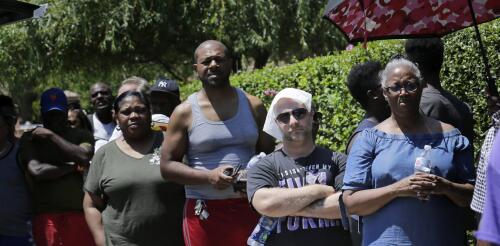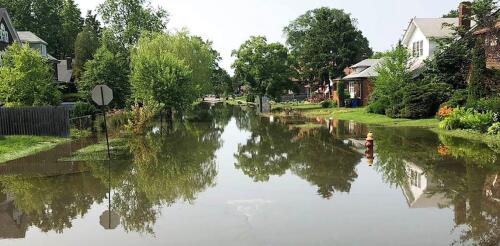Redlining
Many Americans think of power outages as infrequent inconveniences, but that’s quickly changing. Nationwide, major power outages have increased tenfold since 1980, largely because of an aging electrical grid and damage sustained from severe storms as the planet warms. At the same time, electricity demand is rising as the population grows and an increasing number of people use electricity to cool and heat their homes, cook their meals and power their cars. A growing number of Americans also rely on electricity-powered medical equipment, such as oxygen concentrators to help with breathing, lifts for movement and infusion pumps to deliver medications and fluids to their bodies. For older adults and others with health conditions, a loss of power may be more than an inconvenience. It can be life-threatening. We study environmental health, including the effects of extreme heat and storms on people. In a new study, we analyzed data from New York City and the surrounding area to...
In 2021, metro Detroit was hit with a rainstorm so severe that President Joe Biden issued a major disaster declaration at state officials’ request. Nearly 8 inches of rain fell within 24 hours, closing every major freeway and causing massive damage to homes and businesses. The storm was of a severity historically seen in Detroit every 500 to 1,000 years. But over the past decade, the region has experienced several other storms only slightly less destructive, one in August 2023. As the planet warms, severe rains – and the flooding that follows – may become even more intense and frequent in cities like Detroit that have aging and undersized stormwater infrastructure. These extreme events put enormous pressure on communities, but low-income urban neighborhoods tend to suffer the most I am a geomorphologist at the University of Michigan-Dearborn specializing in urban environments, water, historical mapping and flood-risk equity. My recent research, conducted...

